Anatolian Shepherd: Breed Information, Facts, Traits & More
When you purchase through links on our site, we may earn a commission. Here’s how it works.
The Anatolian Shepherd is a rare breed that is certainly not suited to all families. However, if you are lucky enough to be one of the few families that would suit this guy, then you are in for a rewarding relationship indeed.
Table of Contents
The Anatolian Shepherd also goes by a few other names, such as the Kangal, the Coban Kopegi, and the Karabash, but unless you have been to Turkey or live on a working ranch in America, it is unlikely that you would have met this lovely but formidable dog. He is a member of the big boy club, and as such, he needs a large home and an even larger backyard, preferably with a flock to protect.
There is some debate in the canine kingdom that the Anatolian Shepherd is a separate breed from the Kangal. By most breed purists, the Anatolian Shepherd is a completely different breed from the Kangal, although they come from similar breeding and historic lines. The AKC consolidated the Kangal and Anatolian Shepherd and considers them the same breed. Read this comprehensive guide to the Anatolian Shepherd to see if he would suit you and your lifestyle.
History
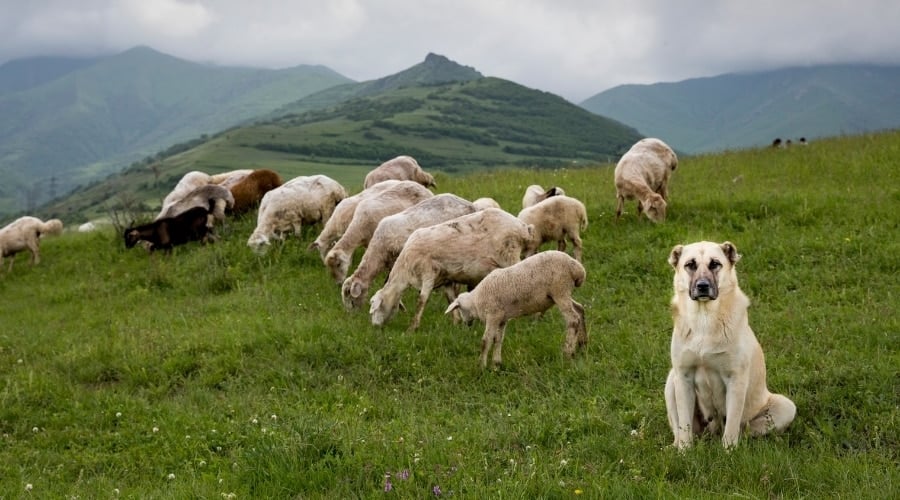
The Anatolian Shepherd is an ancient breed, with his Molosser ancestors dating back to 2,000 B.C., and he is named after the land from which he hails, Anatolia, in the central part of Turkey. He was bred to be a flock guardian, and he is traditionally left for months at a time to guard his flock single-handedly, and he is one of the most independent canines on the planet.
He is rarely fed after puppyhood, and he is to feed and defend himself in the wild, but of course, he can distinguish between his flock and other animals. He is commonly found on duty wandering the vast terrain of Turkey with a spiked metal collar around his neck which protects him from predators.
The Anatolian Shepherd first came to America in the 1930s when he was gifted by the Turkish Government, and he was first used as a ranch dog to protect flocks of sheep from wolves and bears. In 1973 the Endangered Species Act (ESA), which protects endangered species, including the wolf, improved the Anatolian Shepherd’s popularity as flock guardians thanks to his unique ability to scare predators without the need to harm them. He is still the chosen American Cowboy colleague, and despite changes to the ESA, he is likely to remain the chosen one.
In 2019, the American Kennel Club (AKC) ranked him as the 90th most popular dog breed in America, and overall he is described as loyal, independent, and reserved. If you’ve never met an Anatolian Shepherd before (and don’t worry, most people haven’t), then be sure to check out this Instagram page, as it provides a real insight into their striking size and personality, both at work and in the family home.
Temperament
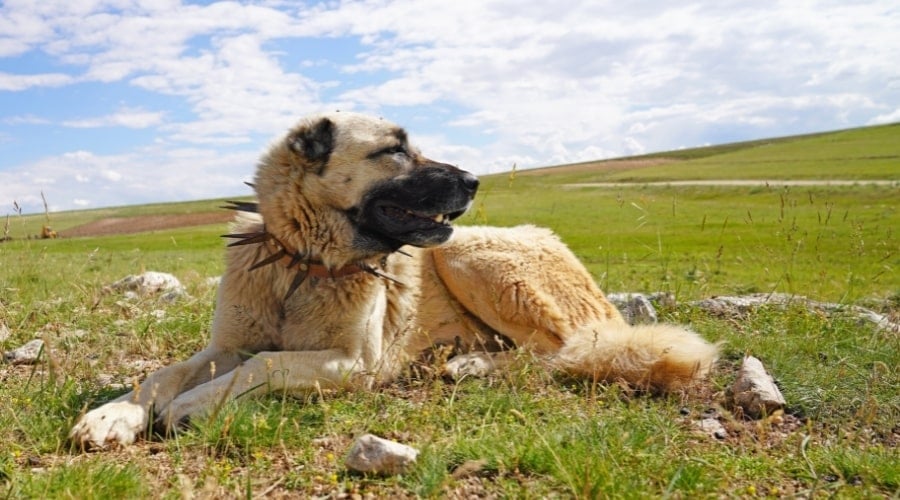
The Anatolian Shepherd is a working guardian, and it is his work ethic that is his first and foremost personality trait. He is insanely intimidating to those outside of his family pack and flock, and he has a loud booming bark which is usually enough to scare off the likes of cheetahs and wolves without having to physically fight them.
If, of course, a predator ignores his bark and proceeds to attack, he will defend his flock or family to the end if necessary. He is one of the most protective dogs on the planet, and this is something to consider if you are bringing one of these guys into the family home, as while he may not be used as a working dog, this innate trait will never be trained out of him.
With that being said, he does have a place in the right family environment, and he is playful with his littermates and family. Despite his formidable façade, he is a very gentle dog who is loving and enjoys a snooze in the evening by the feet of his master. He is a tranquil dog who is very independent, and he is happy to spend most of his day relaxing in the garden without the need to be near his family. This is great news for those who prefer a less needy dog who is not going to be your shadow.
Because of his innate guarding tendencies, he is very protective of his family, and he is very suspicious of all who aren’t in his immediate pack. He is alert and always on guard duty. Even if a friend comes to visit the family home several times a month, it is unlikely that he will be over-friendly with them, and it is more likely that he will always sit from afar with his watchful eyes on his pack. Do not expect him to greet visitors, and many Anatolian Shepherd owners will warn their guests not to make a fuss of him unless he allows it.
The Anatolian Shepherd is an intense dog who needs a firm leader that is going to instill discipline and boundaries into the home. He will mature at around two years of age, and it is at this time that his guarding tendencies and authoritative traits begin to flourish. He is a pack dog with an innate sense of hierarchy within his pack, and therefore his human family also needs to understand the pack mentality to create a harmonious environment.
Size & Appearance
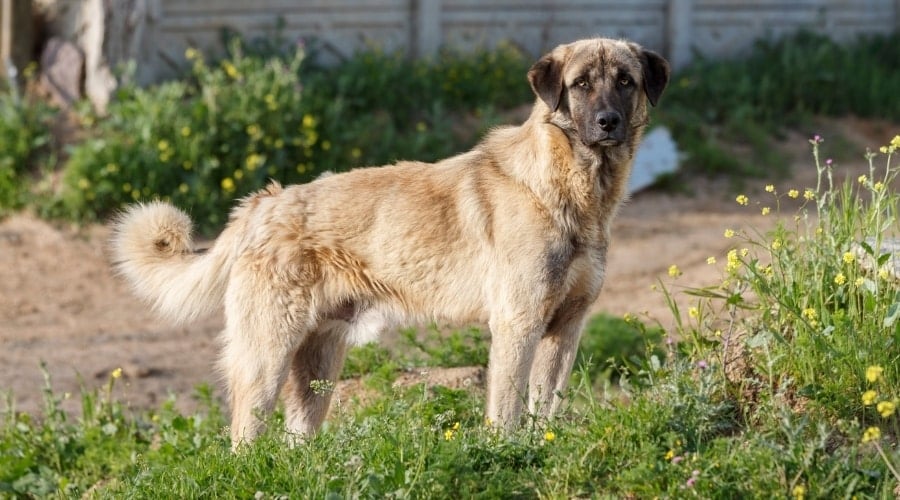
The male Anatolian Shepherd will measure up to 29 inches tall, from paw to shoulder, whereas the female Anatolian Shepherd measures up to 27 inches tall. The male will also weigh between a hefty 110 and 150 pounds, whereas the females will weigh much less, between 80 to 120 pounds.
He is a large and formidable-looking canine and not one you would want to meet alone if you happen to find yourself wandering through his fields!
He is a rugged-looking dog but one who carries himself with intelligence and power. He has a large head with large drop-down ears. He has a broad muzzle that extends up to dark brown or amber-colored almond eyes. He is a well-proportioned dog with a thick neck and a deep, muscled torso.
His tail is long and curls at the end, and in a state of alert, his tail will tighten and curl even more so. His full breed standard provides detailed information regarding his appearance. Because of his size, the Anatolian was introduced as a parent breed for the American Mastiff (designer dog) over 30 years ago. He was also added to the line to create the American Alsatian.
Coat & Colors
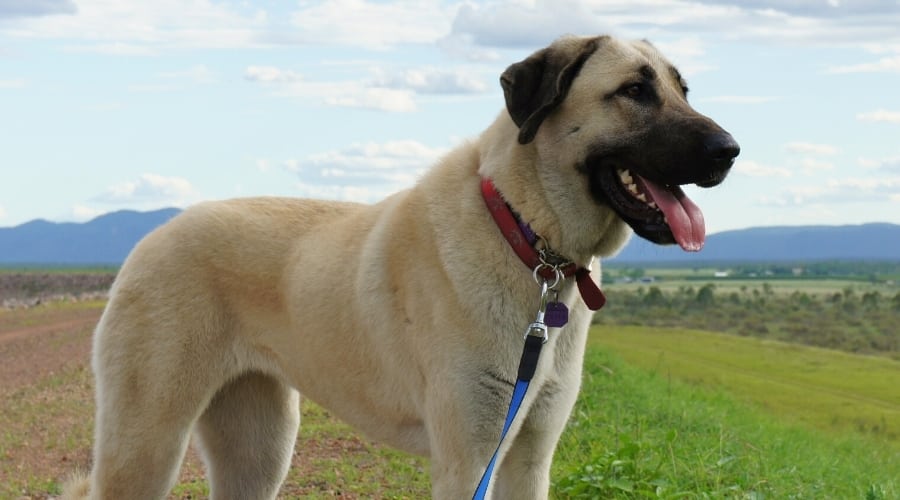
The Anatolian Shepherd’s coat is thick, and it is a medium length that measures approximately 1 inch long. The hair around his neck tends to be slightly longer and thicker than the rest of his body, and it is rough to the touch.
His coat comes in 8 recognized colors, including brindle, blue fawn, fawn, grey fawn, liver, red fawn, and white, and also his most recognizable color is the light biscuit with the black facial mask. There are also various other markings that his coat can take, which are outlined in the above breed standard.
Exercise
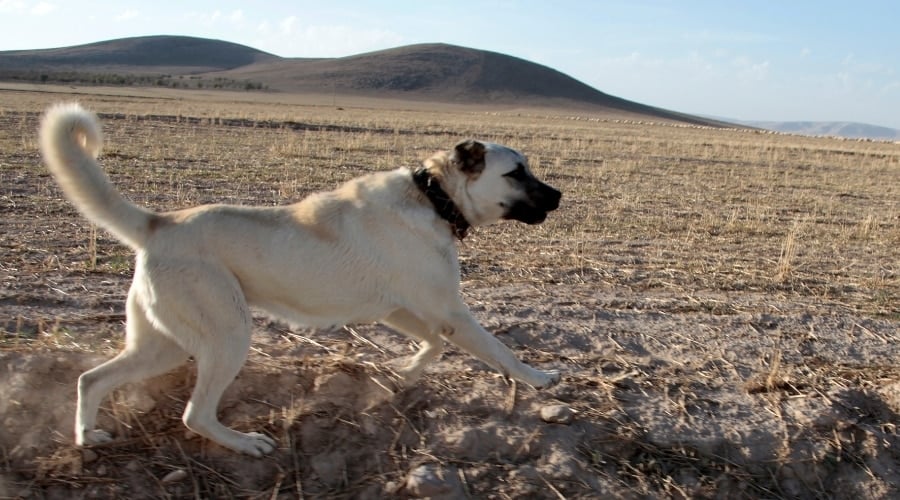
The Anatolian Shepherd is a medium-energy dog but one who is self-exercising. He is different from other dogs in that he does not require to be taken out for a walk as such, as he will instead exercise himself roaming and protecting his estate. Through his self-governed walking, he will actively exercise between 45 and 60 minutes of exercise a day.
Living Conditions
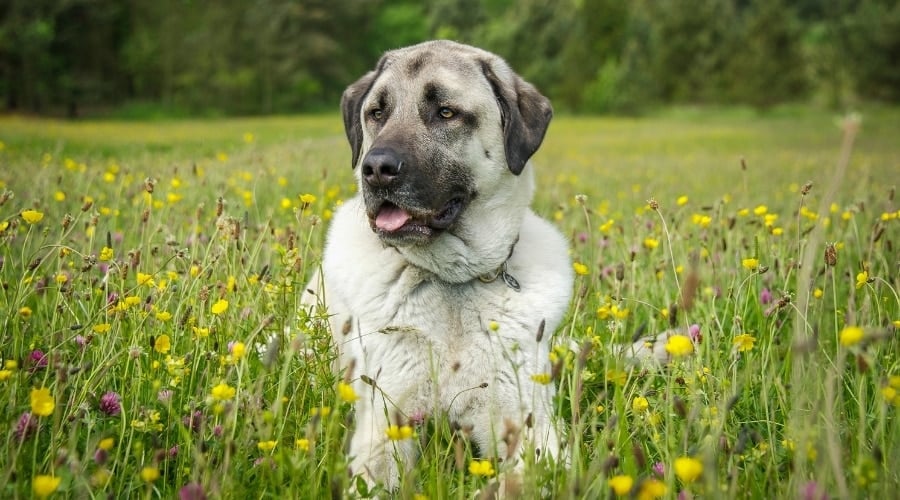
While he would not be against going out for a walk with his master, he must be placed in a home with at least 4 acres of land for him to roam. Quite simply, if you do not have the land, then the Anatolian Shepherd is not suited to you.
This land needs to be enclosed and reinforced, as he will attempt to escape should he feel that there is a threat to his family beyond the fencing. A 6-foot fence should be used, with a further 2-foot underground barrier which will prevent him from digging out. While he does not necessarily dig to escape, he does dig to entertain himself throughout the day or to keep cool, so it’s always good to be on the safe side. Of course, he should be given access to shelter outside to protect him from the extreme elements.
Once his guarding shift is complete and he has roamed to his heart’s content, he will join his family for the evening and relax with them. For this reason, he should only be placed in a larger home where there is room for him.
While he is a peaceful and tranquil dog, because of his sheer size, he is not suited to families with younger children, and ideally, he should only be placed into families with much older children, preferably of High School age.
If you are or want, a multi-pet household, then the best way is to bring the Anatolian Shepherd into your home as a puppy, as he will grow up knowing that the other animals are part of the flock. Introducing other animals into the family when he is an adult is not always successful.
Ideally, he should be with a family that is going to work with him, as he will be lost if he does not have a purpose. It is also likely that he will become restless, and his destructive behaviors will soon begin if he has nothing to do.
Additionally, if he is not used on a farm to protect a flock, many owners comment that they will find him protecting the youngest family members and other family pets. This can cause issues within a family environment because while he may have good intentions, the overprotectiveness of any family member can be dangerous and should be avoided at all costs. Of course, early and successful training at a young age will help to deter this behavior.
Training
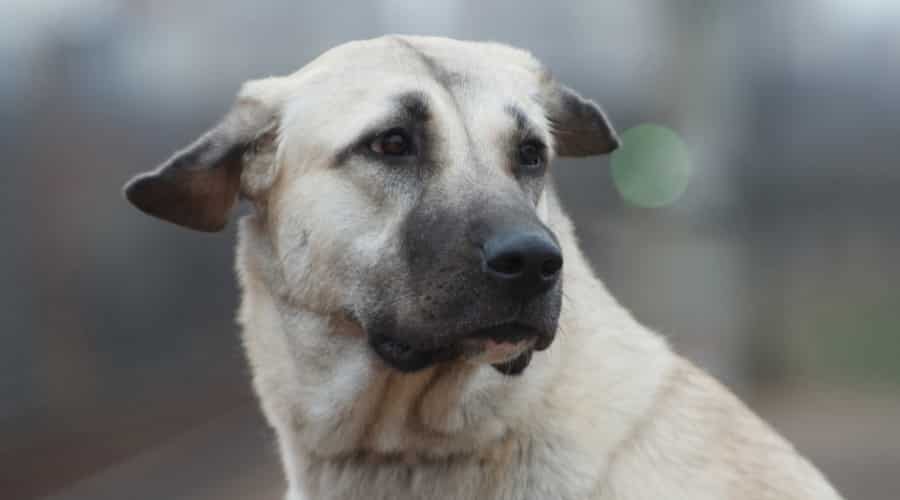
The Anatolian Shepherd requires much more intense training than the average dog, and he is not suited to first-time dog owners. Ideally, if you have little experience with Anatolian Shepherds or similar flock guardian dogs, then it would be very useful to seek help from a professional dog trainer with experience in this breed, as conventional dog training methods will not work with this guy. He needs a firm pack leader who he can look up to.
The Anatolian Shepherd will need the earliest possible socialization to ensure that he becomes familiar with as many different situations and sounds as possible. It is particularly important to introduce him to unfamiliar people and dogs to increase his chances of being polite around them.
While he will never be over-friendly, he can be trained into a well-mannered pooch with the right training. A great way to introduce him to dogs of all shapes and sizes is to take him to puppy classes or the local doggy field. Just be sure not to let him off-leash in a public space.
The Anatolian Shepherd matures at the age of two, and his guarding tendencies aren’t fully developed until then, so as a puppy, he may not exhibit the strong guarding tendencies that we have outlined in this article, but do not worry, they will develop naturally. He does not require any training to be a flock guardian as he will naturally become this.
Overall, efficient training as a young pup is going to set the tone for your life together, so it is imperative that you do it and do it right. It is also really important to recognize that due to centuries of flock guardianship and specific breeding practices, it is impossible to suppress his guarding tendencies through training, so if you are after a dog that isn’t as protective, you should steer clear of the Anatolian Shepherd altogether.
Health
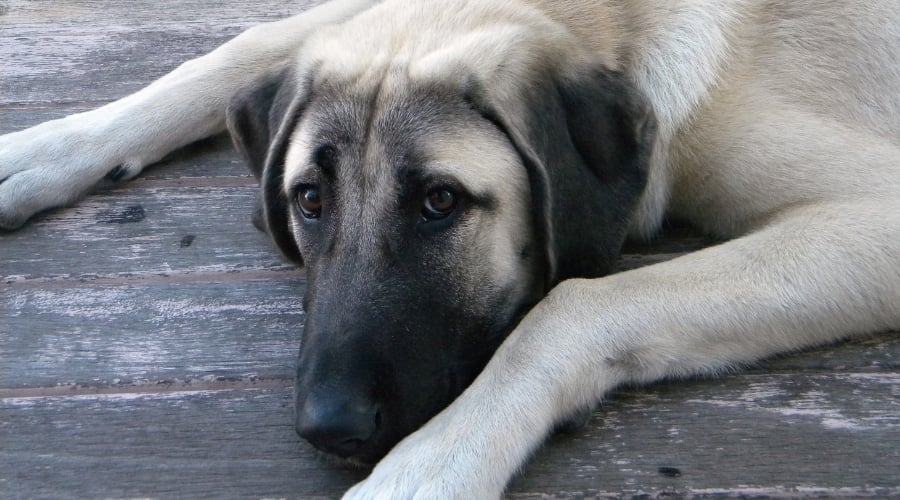
The Anatolian Shepherd is a very healthy dog breed whose main concern is hip and elbow dysplasia, which is expected considering his size. Reputable breeders will only breed healthy dogs, and his hip and elbow scores will be indicated on their health certificates.
Another issue to look out for is Entropion, which is characterized by the lower eyelids folding or creasing inwards, causing irritation, pain, and vision impairment. His lifespan is between 11 and 13 years on average.
The Anatolian Shepherd is sensitive to anesthesia, so before he undergoes any treatment at the veterinarian, be sure to remind him of this. While he will probably know this, the Anatolian Shepherd is a rare breed, and the vet may have never dealt with one before.
Nutrition
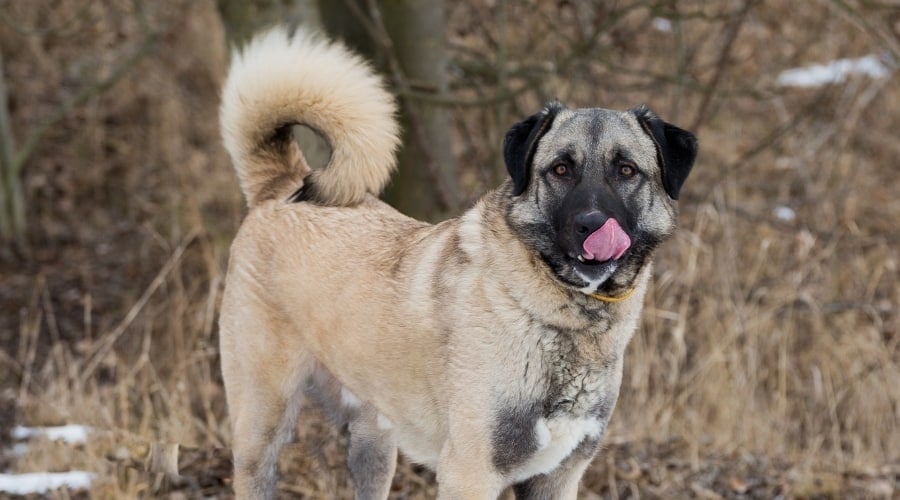
The Anatolian Shepherd will consume around 4 cups of food a day once he reaches maturity at two years of age, and the food should be aimed at large to extra-large dogs.
Of course, his feeding requirements will change as he grows older and increases in size, but if you are in any doubt, then be sure to speak to your Veterinarian. Of course, as with any large dog, food bills do stack up, so be sure to take this into account before welcoming him into your home.
Anatolian Shepherds hunt for themselves when they are guarding their flock, so don’t be surprised if he catches a small animal in your backyard if he is feeling a little hungry.
Grooming
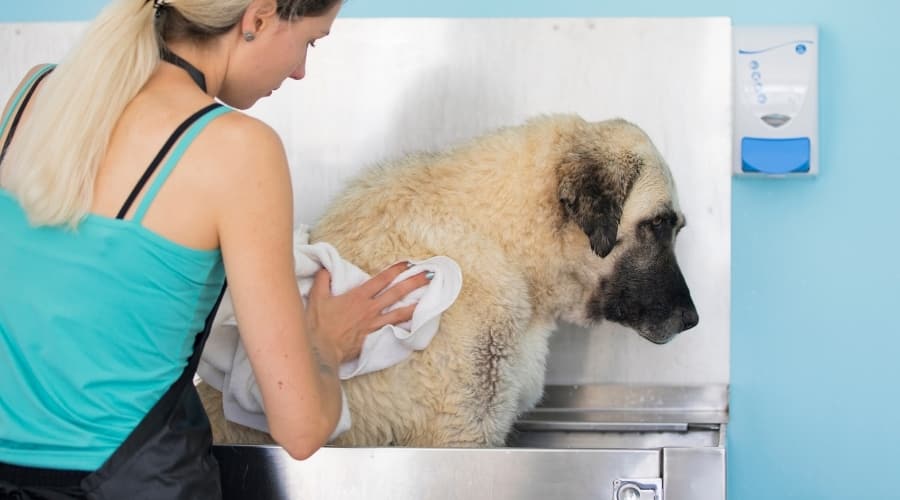
Generally, he should be brushed several times a week to keep his coat in a manageable order and to prevent his shedding hair from clustering up in your home. During the spring and summer months, his shedding intensifies, and so you will find yourself brushing him every day to keep his coat manageable. Of course, if he is a ranch worker, then he will need brushing much less than this.
As a dog who is naturally out and about for most of the day, he will come into contact with parasites and fleas, so it is important to keep up to date with his vaccines and yearly checkups. Other grooming habits, such as nail clipping and ear cleaning, are the same as any other dog. Just be sure to check him over weekly.
Breeders & Puppy Costs
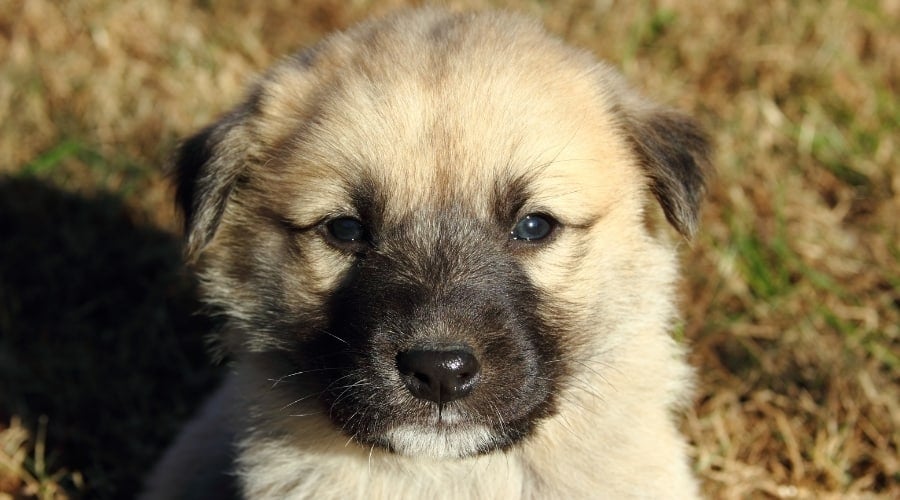
Your first point of call in your search for a reputable Anatolian Shepherd breeder should be to visit the AKC’s breeder page, as they have selected a handful of reputable breeders across the country.
The Anatolian Shepherd is a rare dog breed and there is not an abundance of breeders, so you should be prepared to travel. The average cost of an Anatolian Shepherd puppy is around $1,000 from a reputable breeder, and his litter size will be between 5 to 10 pups.
Alternatively, you can search online for breeders, however, you need to ensure that you thoroughly research them and read reviews about them. Unscrupulous breeders will often try to pass off other dogs and mixes as Anatolians, and they simply aren’t that.
Rescue & Shelters
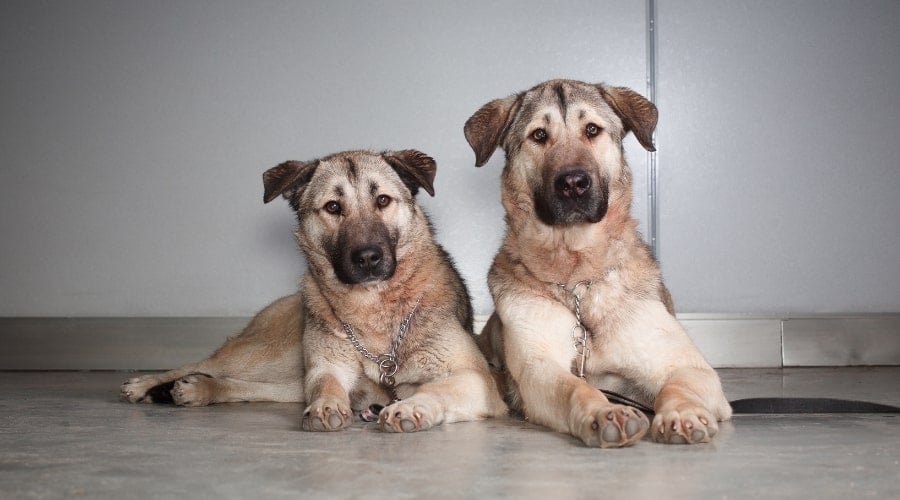
The Anatolian Shepherd, while a rare breed, often finds himself in shelters as owners are often overwhelmed owning him and completely underestimated his needs and requirements. The National Anatolian Shepherd Rescue Network lists adoptable dogs and details for regional contacts if you are keen to adopt one.
As Family Pets
- The Anatolian Shepherd is a unique dog who has different needs.
- Because of his stubborn streak, he is not suited to be a first-time dog owner.
- He is a large boy who needs a large home with at least 2-4 acres of enclosed land.
- The Anatolian Shepherd should be used as a flock or livestock guardian.
- He is happiest when he is working and not simply a companionship dog.
- He is very protective of his family and estate.
- If he feels that they are under threat, then he will not hesitate to attack and defend.
- The Anatolian Shepherd is gentle and placid in the home and enjoys relaxing with his family.
- He is suspicious of strangers, so gated and reinforced fencing is required.
- Fencing is critical to ensure that he cannot escape, nor can others enter.
- He is a moderate shedder, and as such, he is not suited to families with dog allergies.
- The Anatolian Shepherd is only suited to families with older children.
- He should be raised as a puppy alongside other animals if you are in a multi-pet household.
Final Thoughts
The Anatolian Shepherd is a lovely and kind dog who is a gentle giant unless provoked. You do not want to be around if he is, because he is a vicious and scary dog if he feels that his family is under threat. But with that being said, he is one of the kindest and placid dogs around when he is relaxing with his family. This juxtaposition is appealing to some and frightening to others.
He is not suited to the average family, so unless you fit the bill, unless he will be worked and has at least 4 acres of land to roam, he is definitely not for you. If you can fulfill his needs, then he makes a fantastic flock guardian and a family protector, and he is a sweet soul to those in his immediate pack. All in all, he is a lovely boy who just needs the right home!



